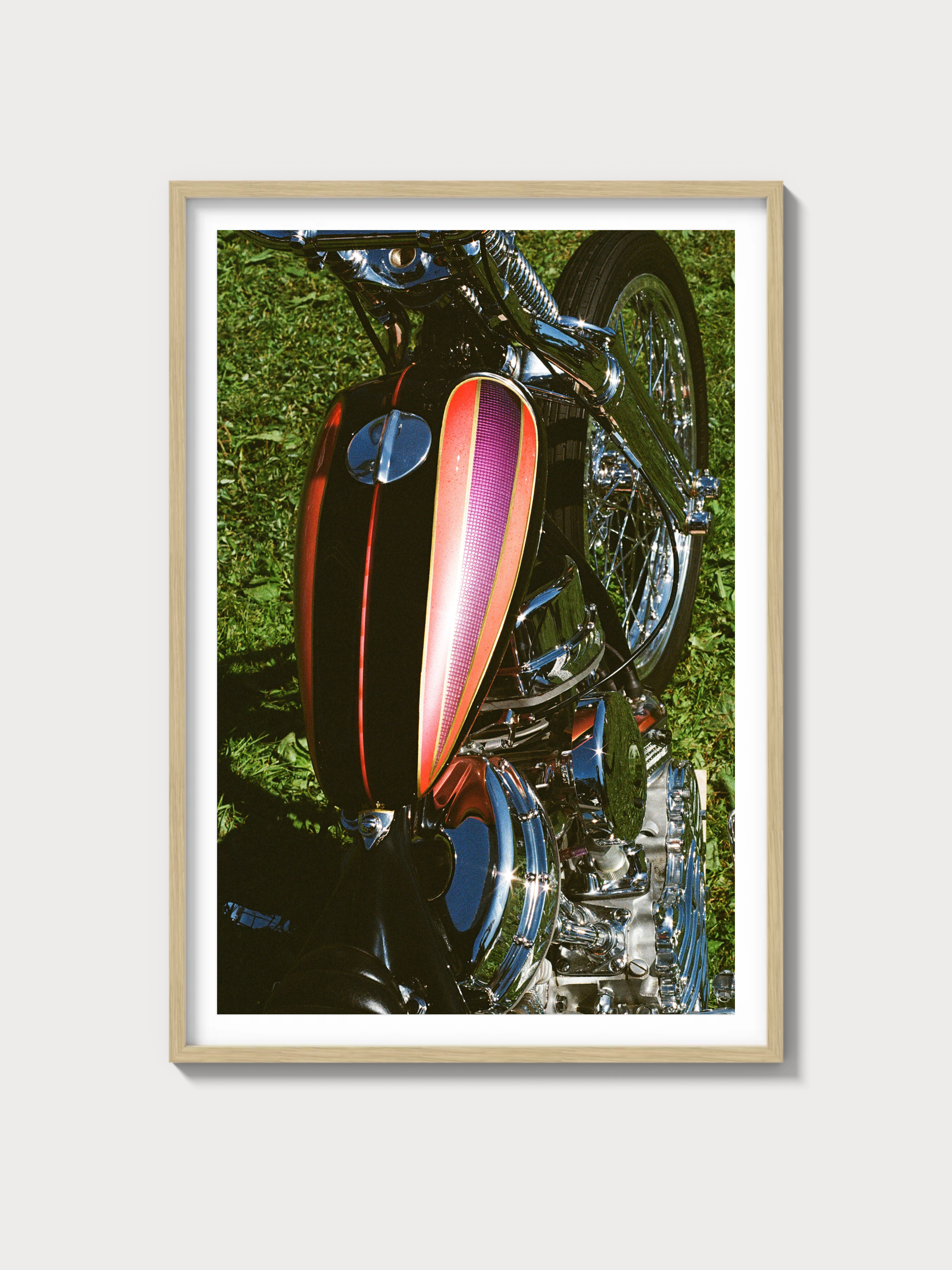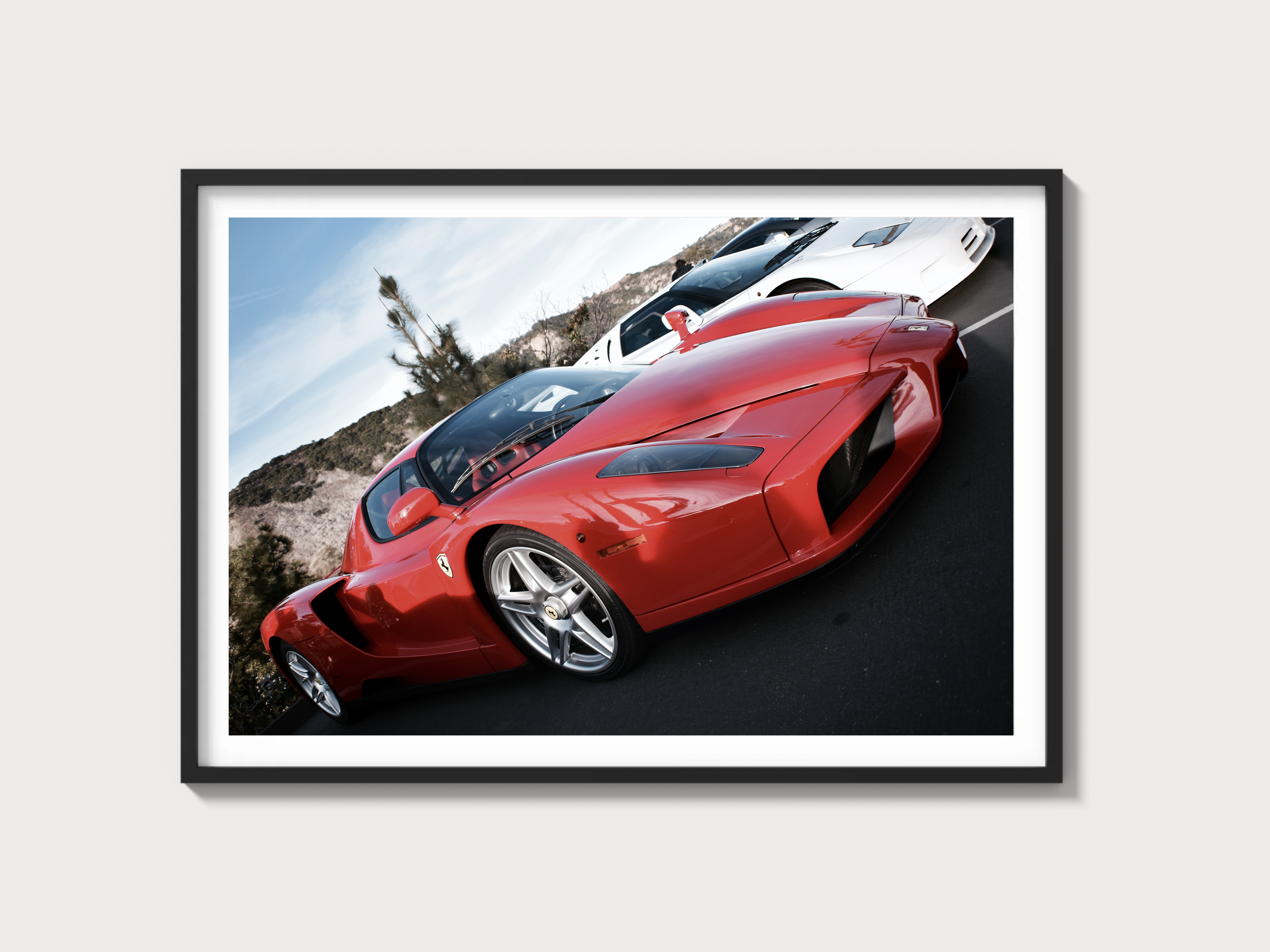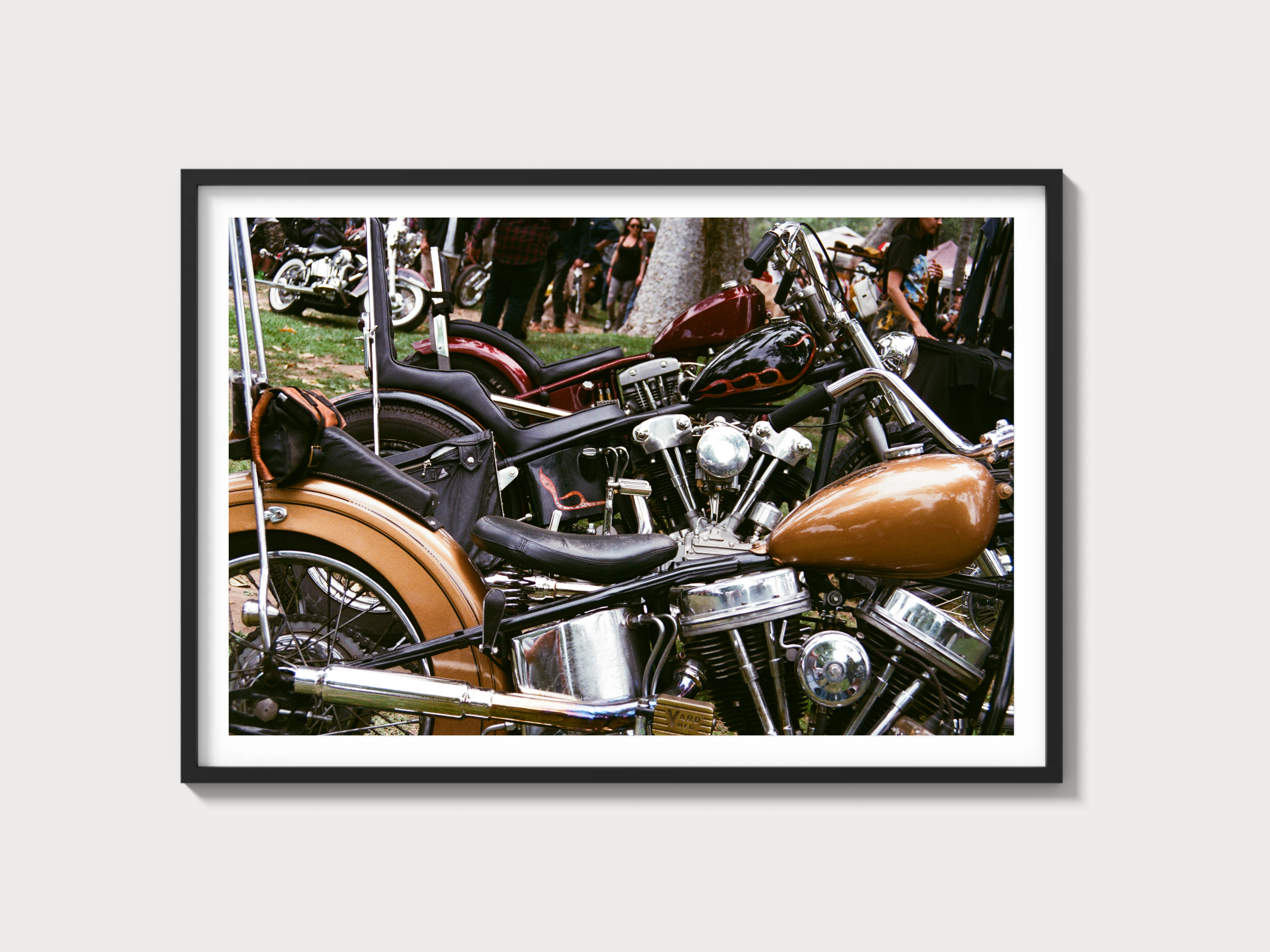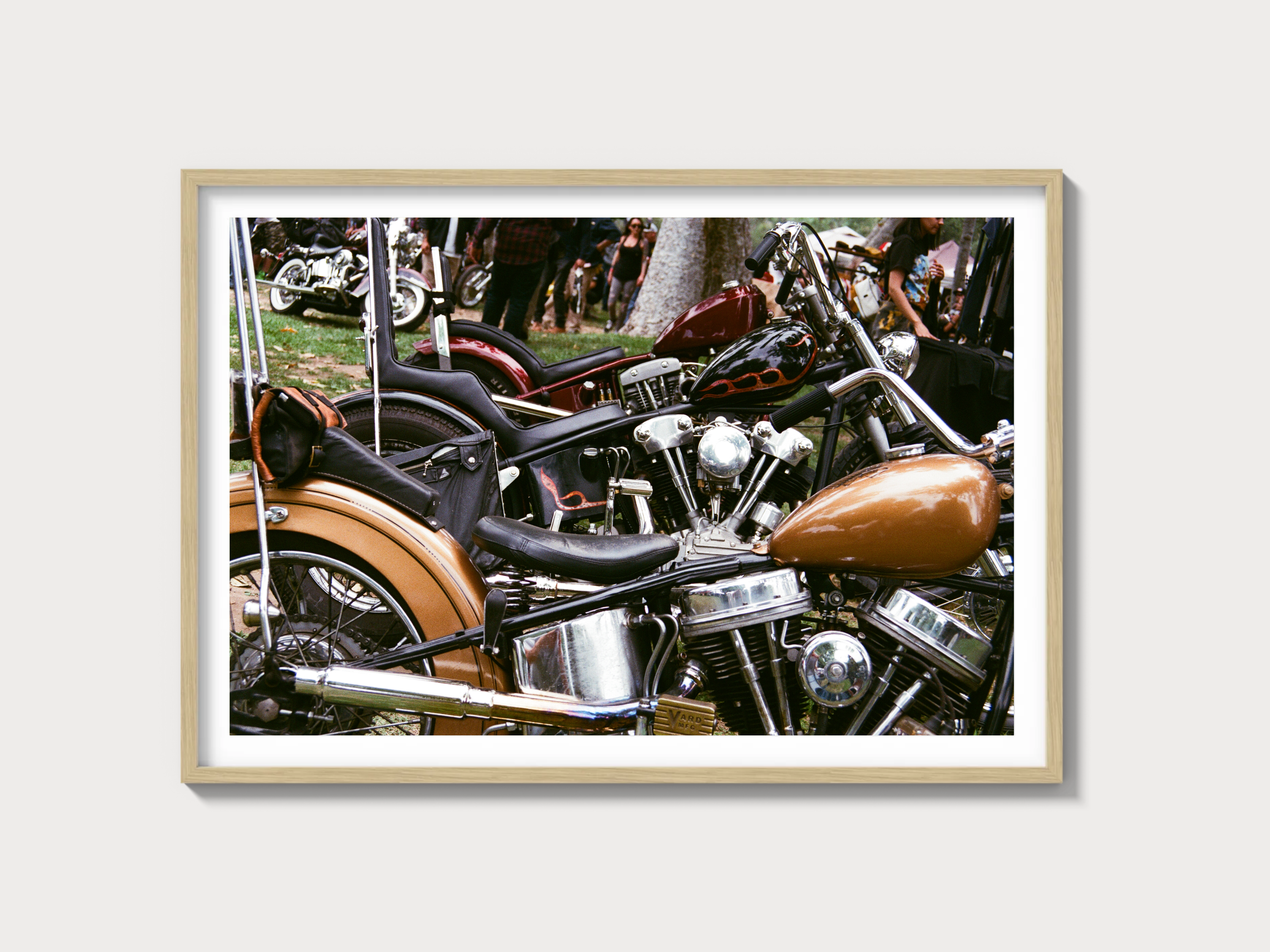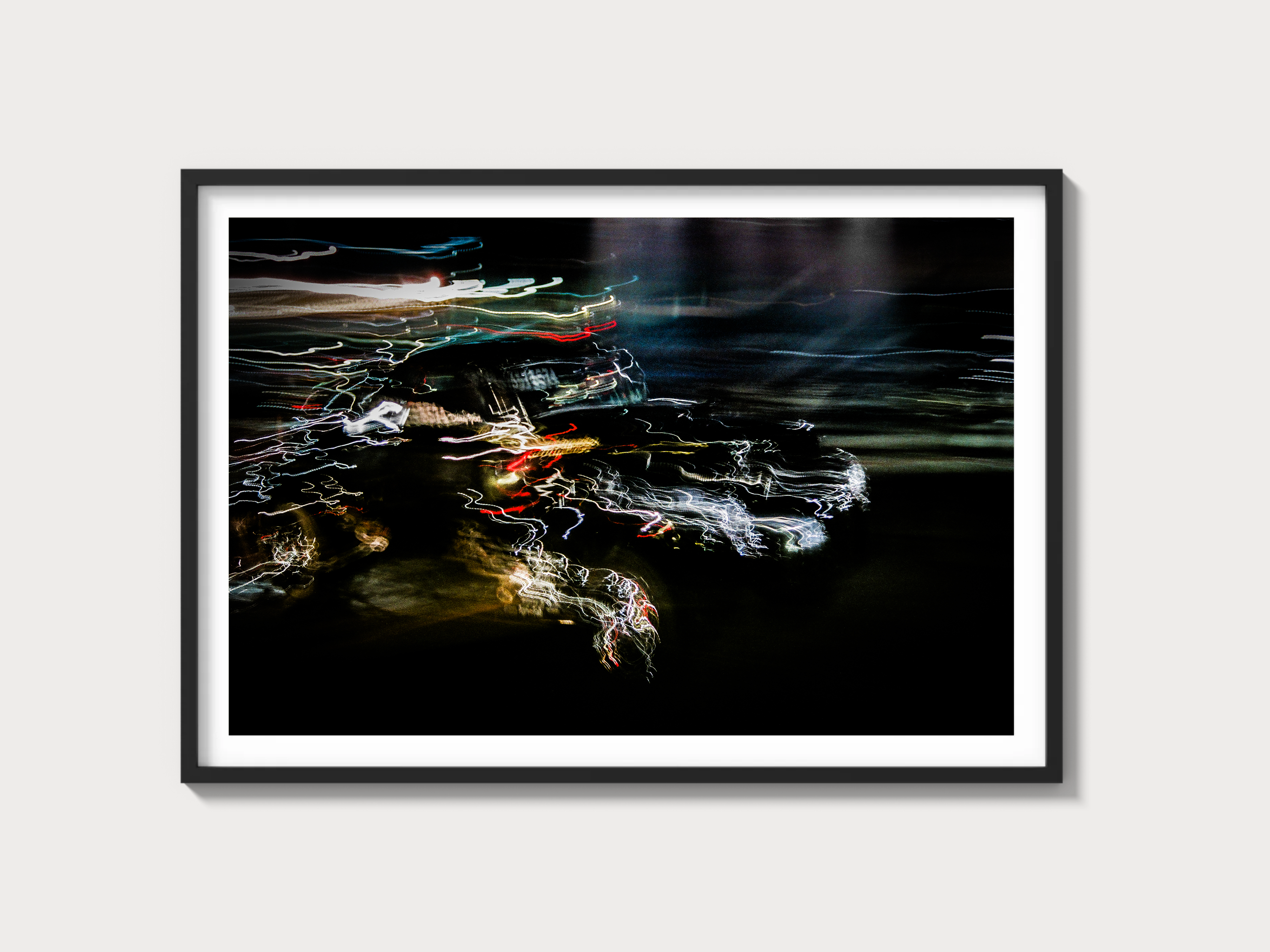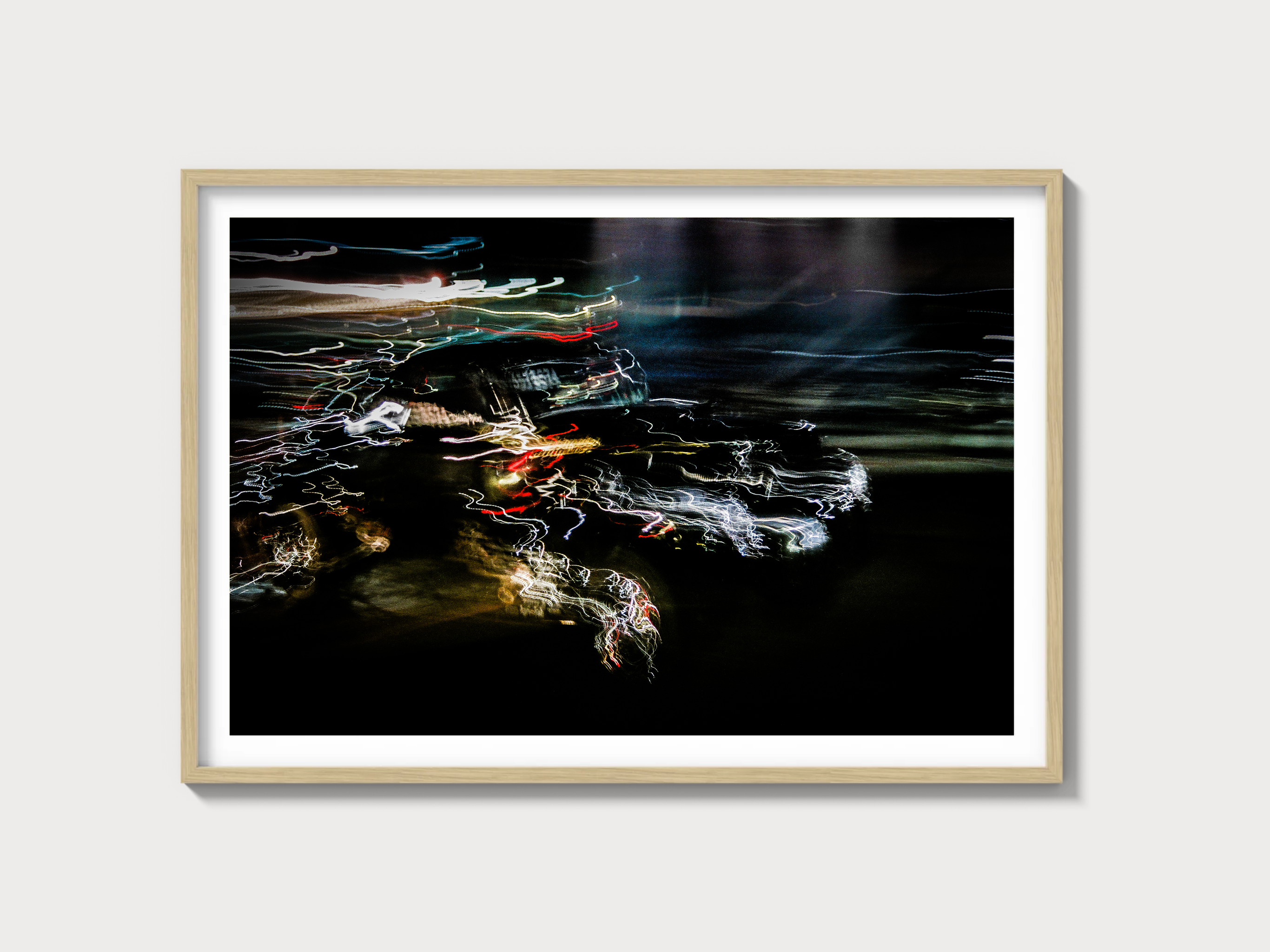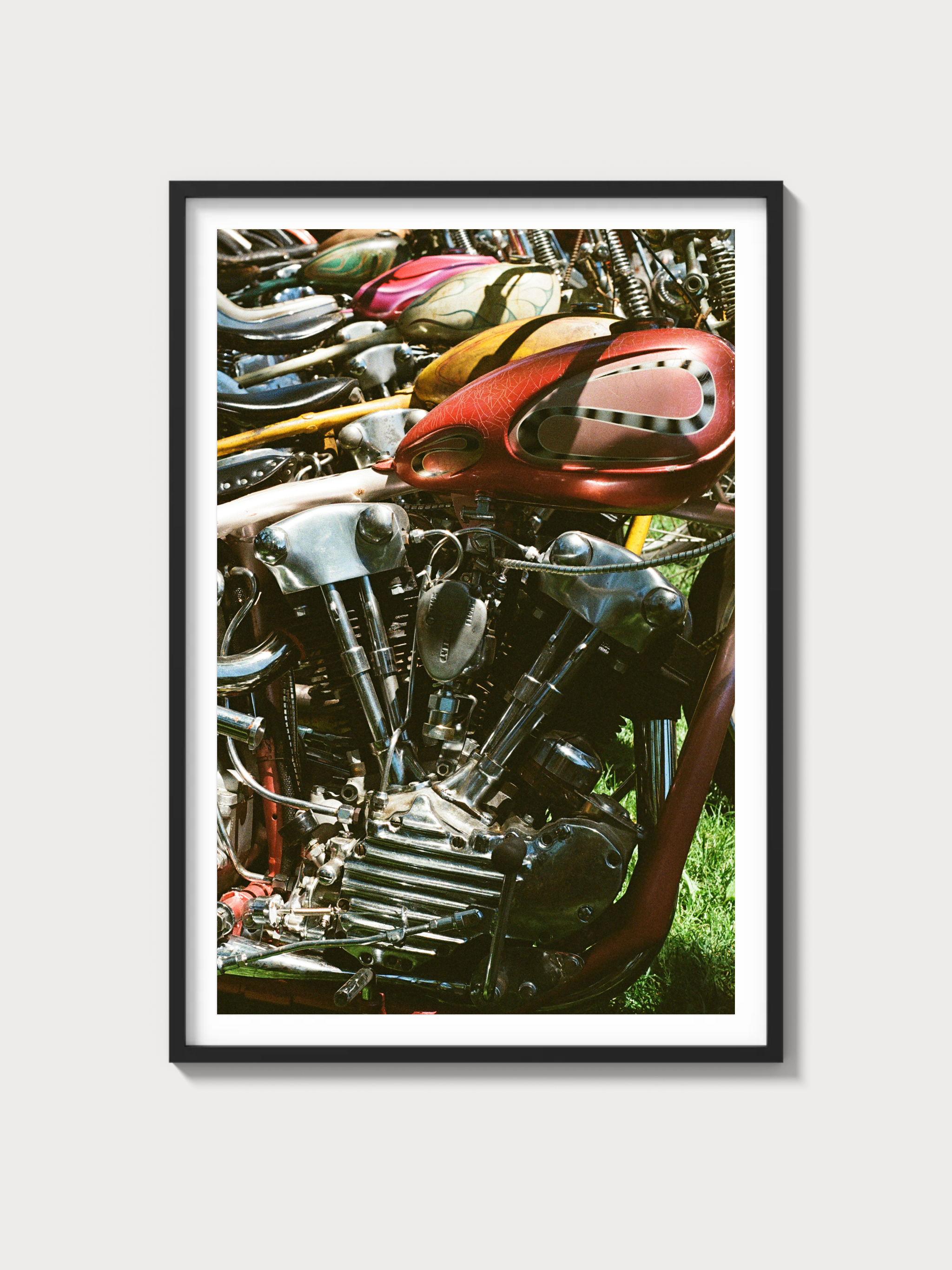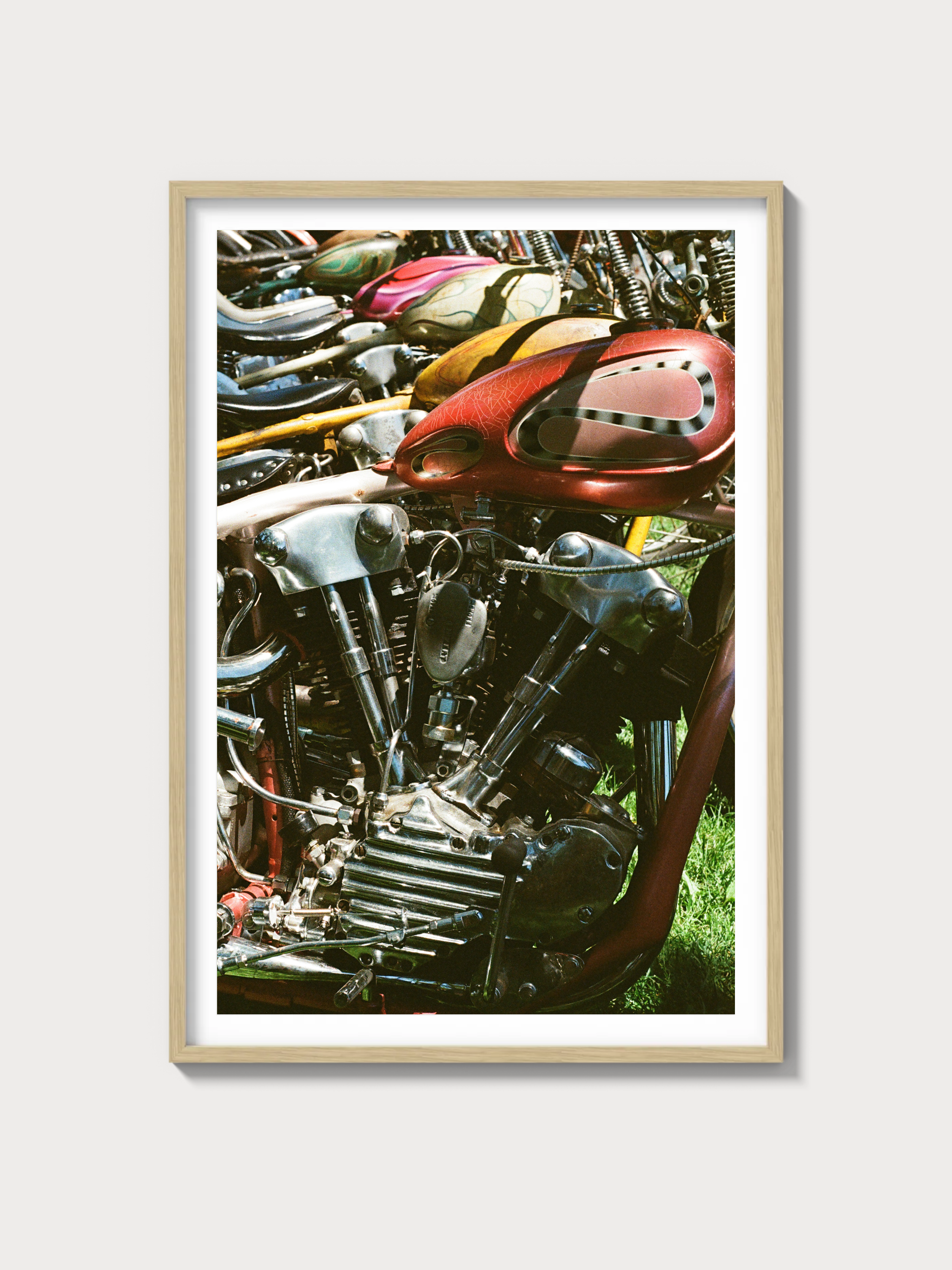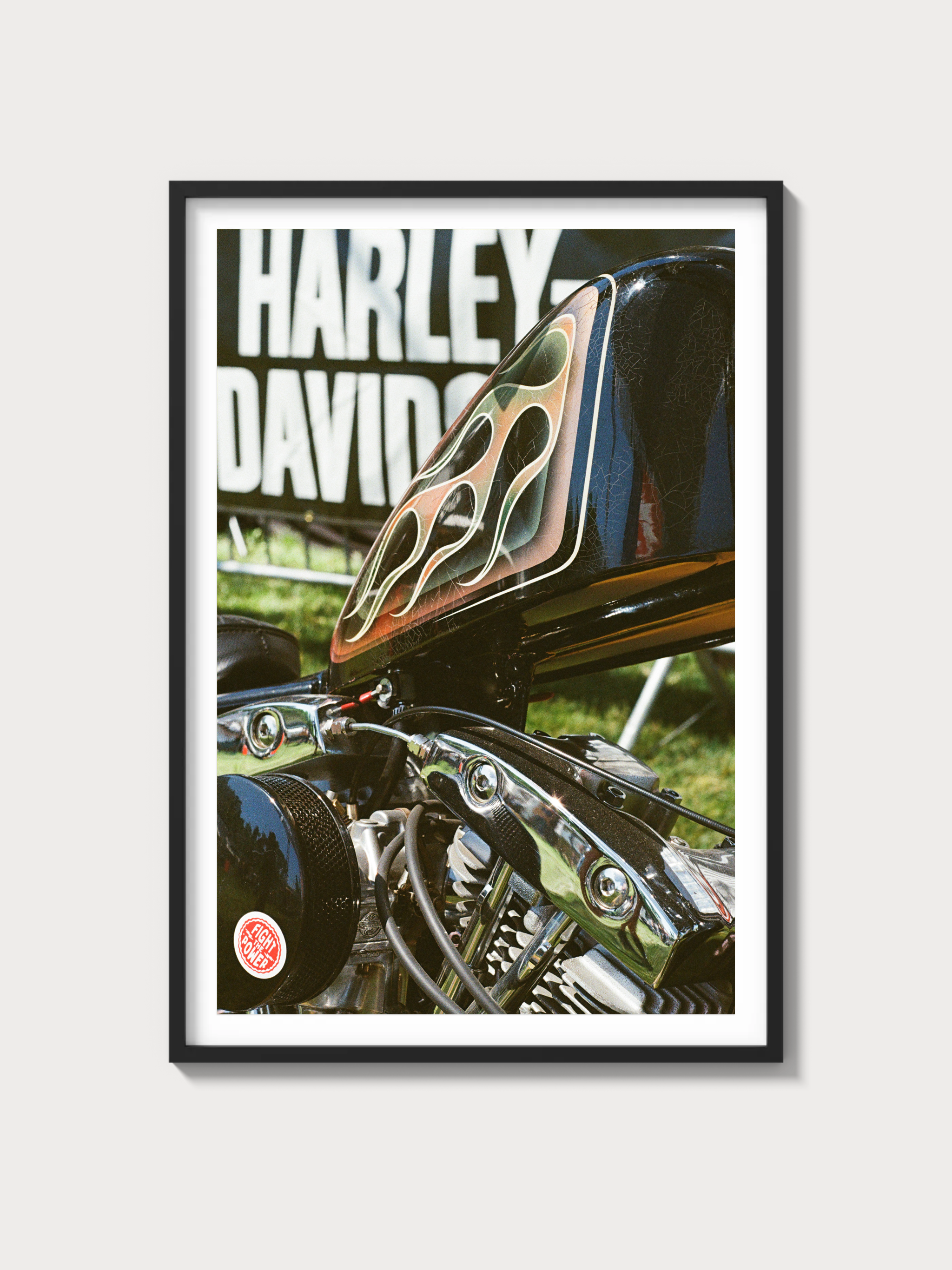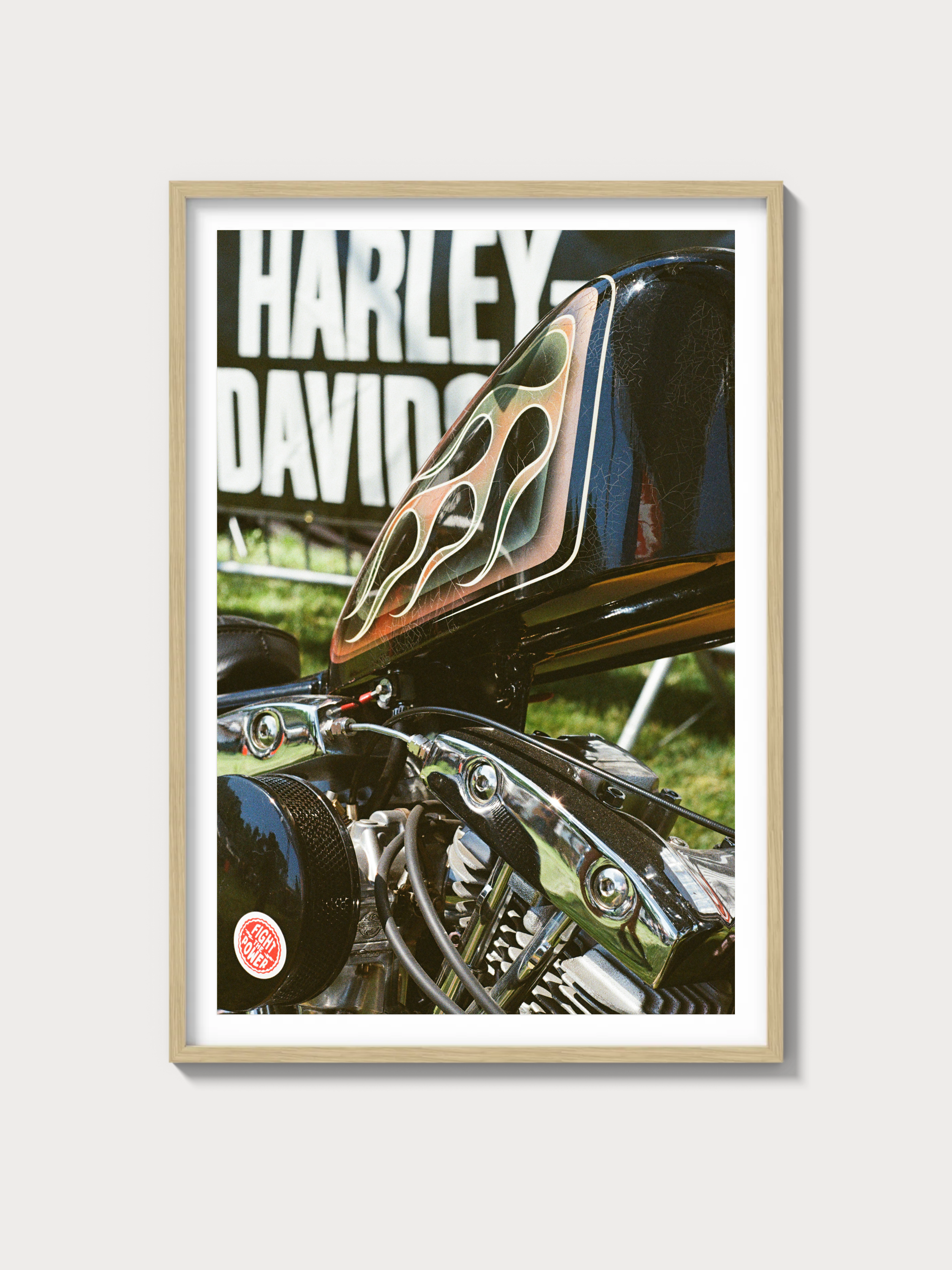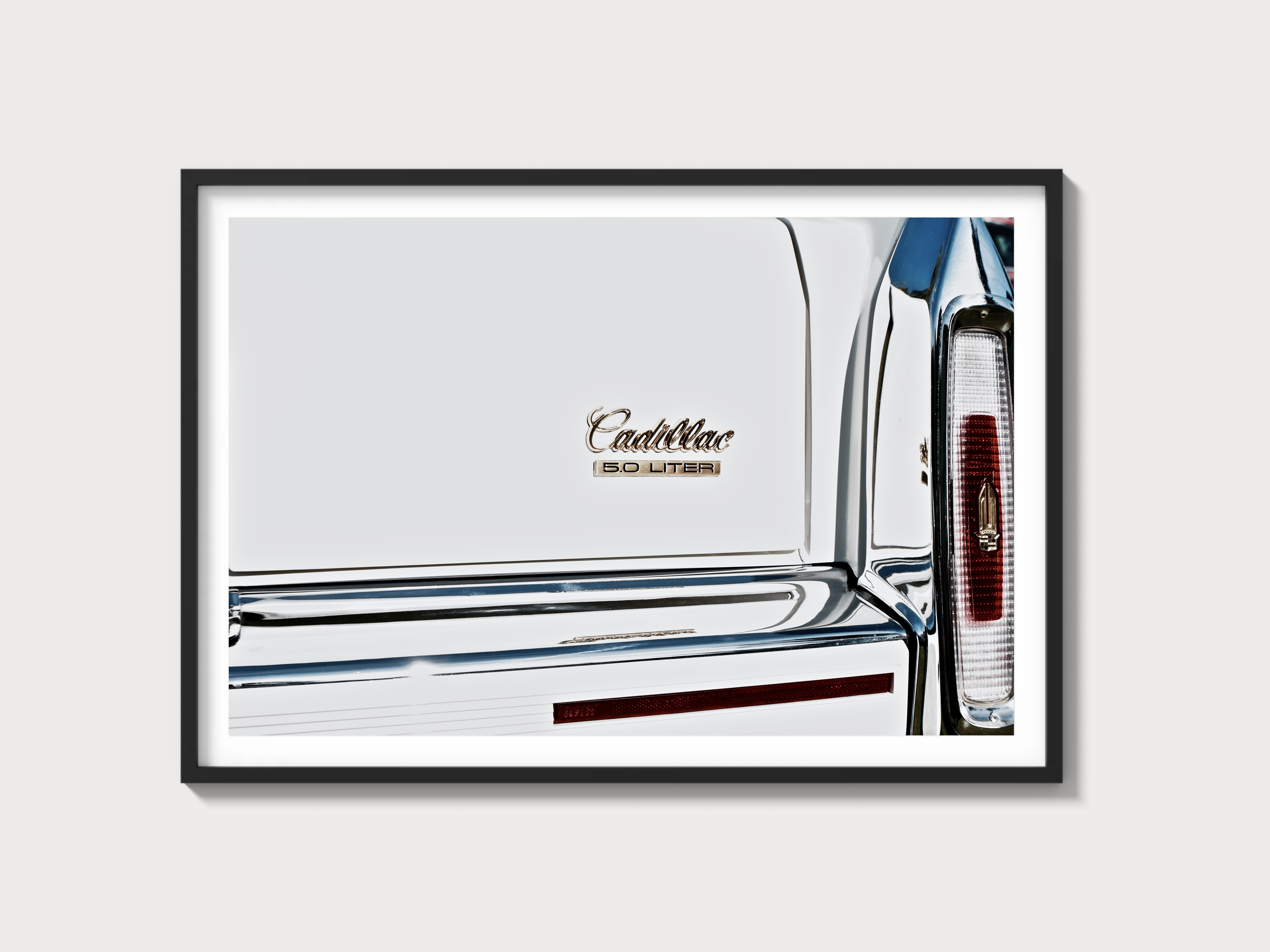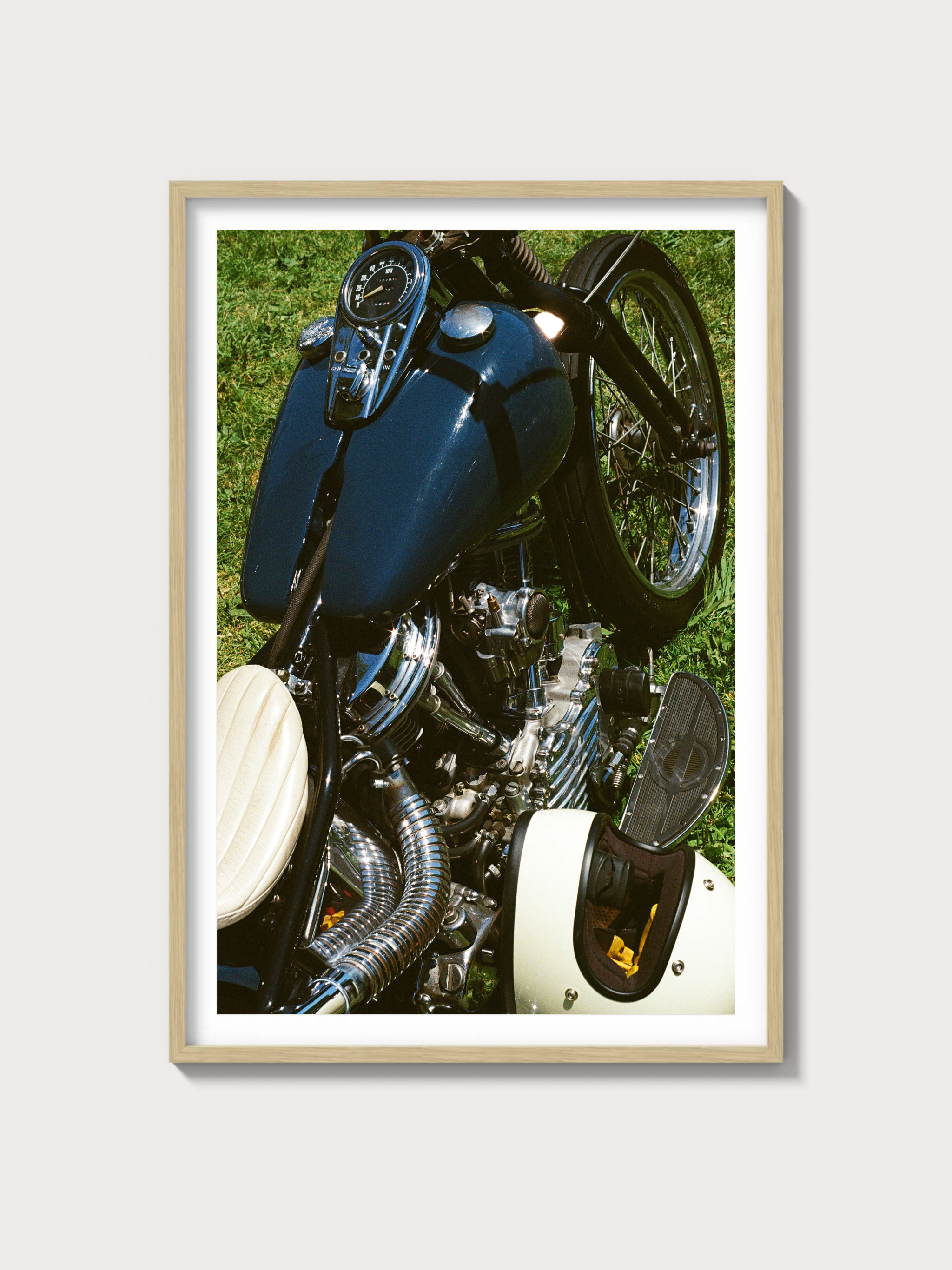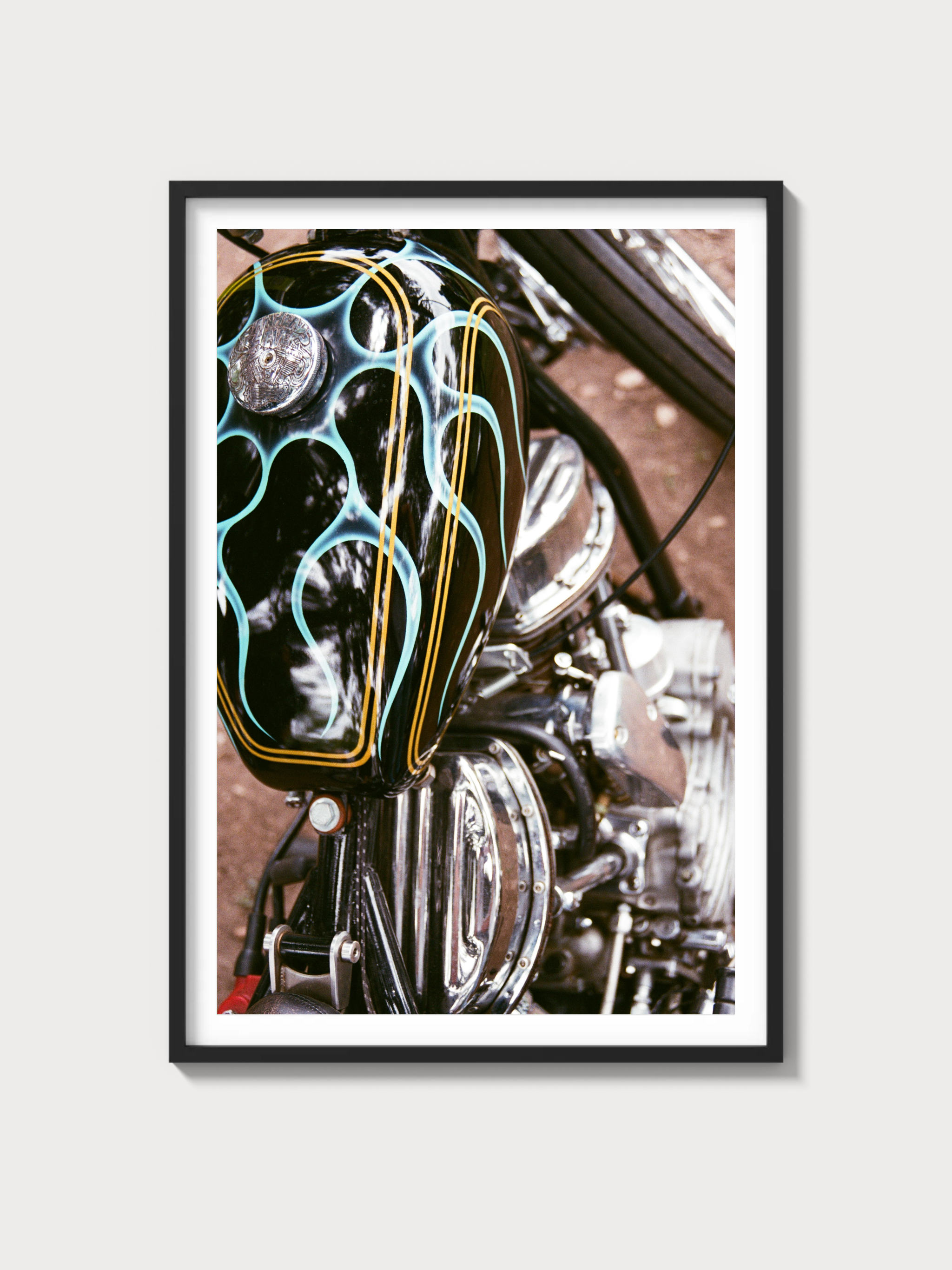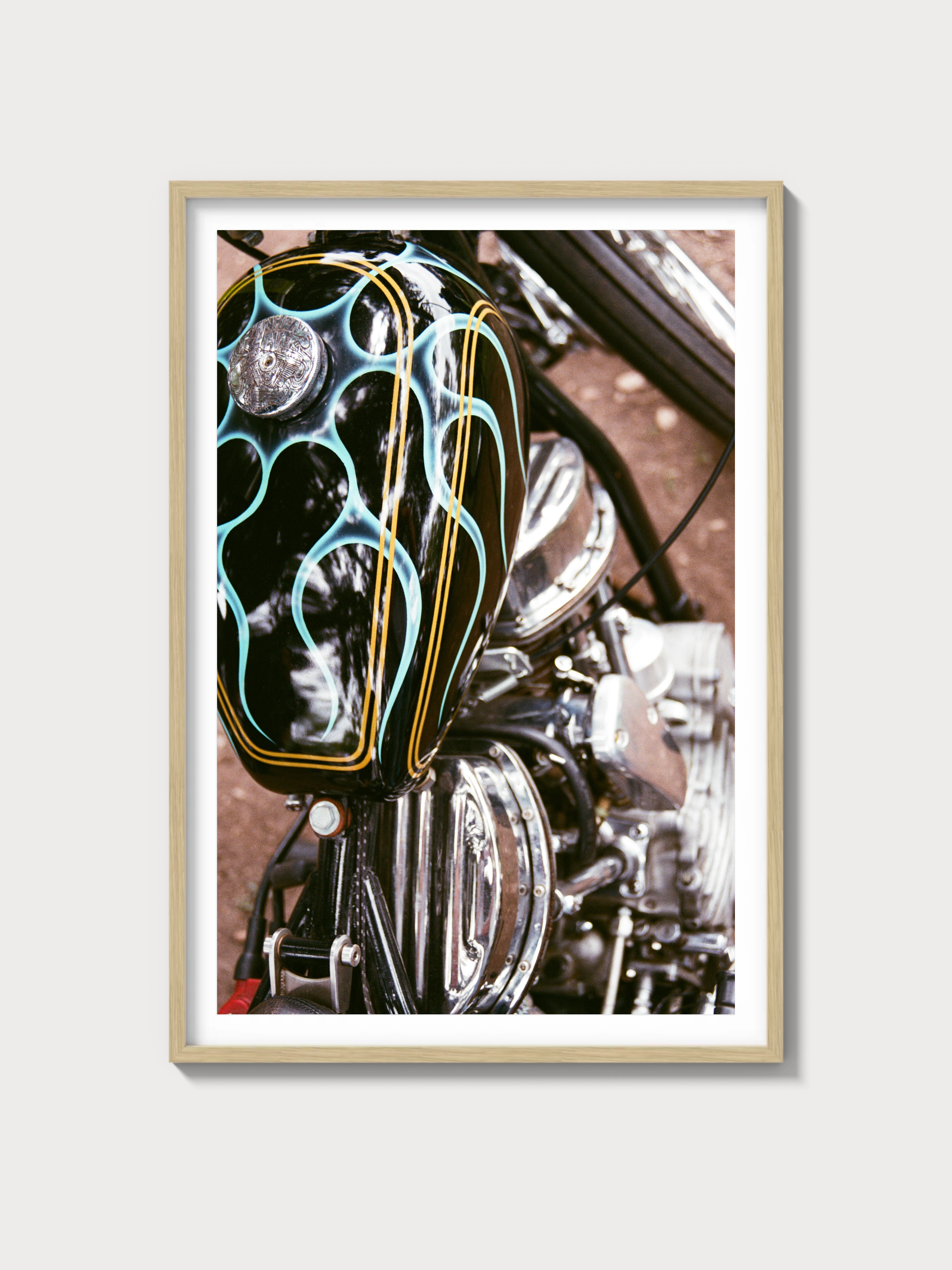Ferrari 360 Spider: The Definitive History, Specs, and Legacy
Introduction: Ferrari’s Open-Top Modena Evolution
In the modern era of Ferrari’s road car legacy, the 360 Spider, introduced between 2000 and 2005, stands as a pivotal grand tourer—a mid-engine convertible with a 3.6-liter V8 delivering 400 horsepower, blending exhilarating performance with open-air elegance. Crafted with Pininfarina bodies, this model saw approximately 7,500 units produced, serving as the convertible companion to the 360 Modena. The “360 Spider” designation highlighted its 3.6-liter displacement and open-top configuration, offering a refined evolution of Ferrari’s mid-engine GT formula in an era when the marque was embracing aluminum construction and modern design.
The turn of the millennium was a transformative period for Ferrari, its racing triumphs—F355’s GT racing success, Formula 1 dominance under Michael Schumacher—complementing road car innovation under Luca di Montezemolo’s leadership. Unveiled at the 2000 Geneva Motor Show, the 360 Spider captivated with its sleek, retractable-roof design and potent V8. This exhaustive history, penned with a Ferrari historian’s precision, explores its technical brilliance, its iconic styling, its racing lineage, and its enduring legacy.
Historical Context: Ferrari’s Aluminum-Era Convertible
The Ferrari 360 Spider emerged during a groundbreaking era for Maranello. By 2000, Ferrari’s racing pedigree—550 Maranello’s GT prowess, F50’s hypercar legacy—had solidified its stature, yet the company sought to evolve its mid-engine GT lineage beyond the 360 Modena’s 8,800-unit coupé run (1999-2005). The 360 Modena had introduced an aluminum chassis and modern V8, but demand grew for an open-top variant to rival the Porsche 911 Cabriolet and Lamborghini Murciélago Roadster. The 360 Spider, with its power-operated roof and enhanced structure, answered, targeting a global audience while complementing the F355’s legacy.
Approximately 7,500 units were built (2000-2005)—all convertible Spiders, reflecting a significant portion of the 360 family’s 17,500 total units. Chassis 117590, the Geneva show car, debuted in March 2000, its flowing lines signaling modernity. This was a car for a cosmopolitan elite—European enthusiasts, American luxury buyers—its production showcasing Ferrari’s growing scale amid the early-2000s supercar renaissance.
The broader context of 2000-2005 shaped its purpose. The luxury convertible market thrived—Aston Martin DB7 Volante, Bentley Azure—while buyers sought performance with open-air allure. The 360 Spider bridged Ferrari’s racing roots, rooted in the F355, with a modern GT future.
Technical Specifications: The V8’s Open-Top Potency
The Ferrari 360 Spider’s heart was its 3.6-liter V8—a refined evolution of the F355’s engine, optimized for grand touring performance. Below, we dissect its engineering with historian’s detail.
Engine: The 3.6-Liter Tipo F131 V8
Displacing 3,586 cc (bore 85 mm, stroke 79 mm), the 360 Spider’s V8 was a mid-mounted, all-aluminum unit with a 90-degree V-angle, featuring five valves per cylinder (double overhead camshafts per bank), an 11:1 compression ratio, and Bosch Motronic ME7.1 fuel injection. It produced 400 horsepower at 8,500 rpm—matching the 360 Modena and exceeding the F355’s 375 hp, tuned for high-revving potency. Weighing 300 lbs, it delivered 275 lb-ft of torque at 4,750 rpm, offering spirited yet smooth power.
This engine was a GT standout. Chassis 117590 showcased its thrilling, high-revving performance, balancing Ferrari’s racing DNA with open-top refinement.
Performance: Convertible GT Speed
The 360 Spider reached 183 mph (295 km/h)—verified by period tests in Autocar (2001)—nearly matching the 360 Modena’s 185 mph, with a 0-60 mph time of ~4.5 seconds, brisk for its class. Its power-to-weight ratio (296 hp/ton) slightly trailed the Modena (313 hp/ton) due to added weight, but delivered exhilarating open-air pace.
Chassis and Suspension: Aluminum Convertible Platform
The chassis was an aluminum spaceframe, weighing 1,350 kg (2,976 lbs)—100 kg heavier than the 360 Modena due to its reinforced convertible structure. Its 2,600 mm wheelbase matched its coupé sibling, with fully independent suspension—double wishbones front and rear, with coil springs and electronically adjustable dampers—offering sharp handling and a firm yet controlled ride.
Transmission and Brakes: Modern Dynamics
A 6-speed manual transmission—mid-mounted—drove the rear wheels, its ratios (1st: 3.29, 6th: 0.85) favoring performance, with an optional F1-style paddle-shift system (50-ms shifts). Braking relied on 13-inch ventilated disc brakes (Brembo, front and rear) with ABS, delivering ~1.1g deceleration—robust for its era.
| Specification | Details |
|---|---|
| Engine | 3.6L V8, 400 hp @ 8,500 rpm |
| Displacement | 3,586 cc (85 mm x 79 mm) |
| Top Speed | ~183 mph (295 km/h) |
| 0-60 mph | ~4.5 seconds |
| Weight | 1,350 kg (2,976 lbs) |
| Transmission | 6-speed manual or F1 paddle-shift, rear-wheel drive |
| Suspension (Front) | Double wishbone, coil springs, adjustable dampers |
| Suspension (Rear) | Double wishbone, coil springs, adjustable dampers |
| Brakes | 13-inch ventilated discs, ABS |
Design and Styling: Ferrari’s Pininfarina Open-Top Elegance
The Ferrari 360 Spider’s aesthetic was a Pininfarina triumph, adapting the Modena’s sleek design for convertible allure.
Exterior: Sleek Spider Form
All ~7,500 units featured Pininfarina bodies—chassis 117590 boasted a sleek Spider design with a low grille, aerodynamic curves, and a power-operated soft top, finished in Giallo Modena. Its 2,600 mm wheelbase and aluminum frame offered a balanced, flowing stance compared to the 360 Modena, with twin roll hoops enhancing its open-top appeal.
Interior: Refined Convertible Cockpit
The cabin was a sporty retreat: leather bucket seats (black or tan), an aluminum-trimmed console, and Veglia gauges—tachometer (10,000 rpm redline), speedometer, oil pressure. Chassis 117590’s interior, with open-air enhancements over the Modena, balanced performance with comfort, contrasting the F355’s raw focus.
Production and Variants: A Convertible Milestone
The Ferrari 360 Spider’s ~7,500-unit run (2000-2005) featured standard convertibles, with manual or F1 transmissions. Chassis 117590 launched the series at Geneva, while 135790 closed it, transitioning to the F430. Its focus was open-top road performance—no racing variants emerged.
Performance and Racing Legacy: A Road-Born Star
The Ferrari 360 Spider racing history was minimal, its grand touring purpose dominant. Chassis 117599 ran private track events, but no competitive record exists. Its realm was the road—Autostrada, Pacific Coast—where its 183 mph top speed and V8 howl excelled.
Ownership and Market Value: A Modern Classic
The Ferrari 360 Spider value reflects its appeal. Early owners included celebrities like David Beckham (chassis 117595). Today, prices range $80,000-$120,000—chassis 117590 sold for $110,000 at RM Sotheby’s 2023. Maintenance costs—V8 service at $10,000—highlight its accessible allure.
Cultural Impact: Ferrari’s Modern Convertible Benchmark
The 360 Spider set a benchmark for Ferrari’s modern convertibles, its V8 and aluminum design influencing the F430. In 2000s lore, it’s the car of open-top performance and timeless style, a milestone in Ferrari’s GT evolution.
Comparisons: Ferrari 360 Spider vs Rivals
The Ferrari 360 Spider vs Porsche 911 Cabriolet (996) pits 400 hp V8 against 320 hp flat-6—Ferrari led in power, Porsche in agility. The Lamborghini Murciélago Roadster (580 hp V12) outpaced it but trailed in elegance.
| Model | Engine | Power | Weight | Top Speed |
|---|---|---|---|---|
| Ferrari 360 Spider | 3.6L V8 | 400 hp | 1,350 kg | ~183 mph |
| Porsche 911 Cabriolet (996) | 3.6L Flat-6 | 320 hp | 1,420 kg | ~174 mph |
| Lamborghini Murciélago Roadster | 6.2L V12 | 580 hp | 1,650 kg | ~205 mph |
Frequently Asked Questions
What was the Ferrari 360 Spider?
A 2000-2005 3.6L V8 mid-engine convertible grand tourer.
How many were made?
~7,500 units.
What engine powered it?
3,586 cc V8, 400 hp.
Did it race?
Rarely—built for touring.
What’s its value?
$80,000-$120,000.





